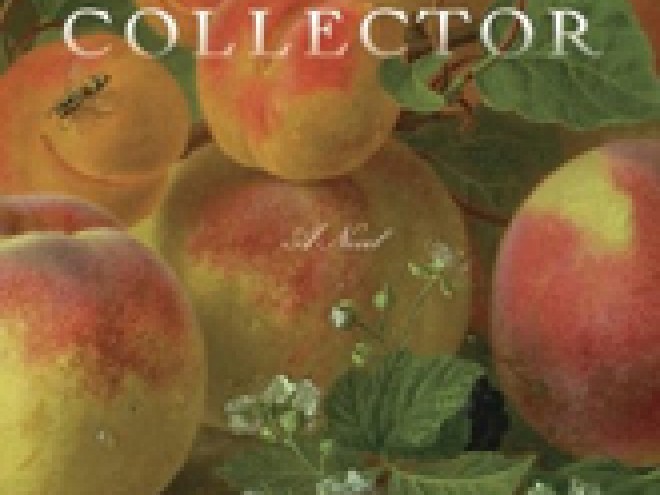On Monday, Allegra Goodman wrote about writing “Jewish” fiction. She will be blogging all week for the Jewish Book Council and MyJewishLearning.
 Albert Einstein famously declared himself a citizen of the world. As an artist I’d like to do the same. That doesn’t mean masking the particulars of my experience or my heritage — it means communicating them more broadly. The artists I admire most are world artists. They thrive on this sort of communication. Let me give you some examples.
Albert Einstein famously declared himself a citizen of the world. As an artist I’d like to do the same. That doesn’t mean masking the particulars of my experience or my heritage — it means communicating them more broadly. The artists I admire most are world artists. They thrive on this sort of communication. Let me give you some examples.
Composer Osvaldo Golijov is a Jew who grew up in Argentina, studied in Israel and settled in the United States. His work layers South American rhythms, klezmer riffs, sacred chant, classical and popular genres. You can hear a cantorial wail in the clarinet part of “The Dreams and Prayers of Isaac the Blind” and you can hear kaddish in his “Pasion segun san Marcos” along with a rocking Venezuelan choir, drumming, rigorous fugue and carnival. Golijov weaves all these threads together to create a new music greater than the sum of its parts.
Novelist Kazuo Ishiguro was born in Japan but works in England. His diverse work includes Remains of the Day, a novel about an English butler on the eve of World War II, and Never Let Me Go, a dystopian novel about a group of children schooled to sacrifice themselves for society. His fiction is both English and Japanese, treating themes of conformity, self-sacrifice, the ideal of honor, and the price of reticence.
My colleague at Boston University, Ha Jin, is a Chinese poet and novelist writing in English. He has not visited China in many years, and he has not lived in America for very long, but he uses this to his advantage, writing about both China and America from an outsider’s perspective. Ha Jin turns the experience of the stranger in a strange land into a central motif in A Free Life. His work is a profound meditation on defamiliarization — moving from one language to another, from one culture to another. From country to city in Waiting, from immigration to naturalization in A Free Life. Worlds conquer worlds. Individuals discover the possibilities and the costs of reinvention.
All of these artists use cultural difference as a medium. They layer specific themes and idioms with tremendous subtlety and confidence. It’s not a new way to work, but it seems to me an exciting way. Begin with what you are. Use what you know, and your art will speak to more people. As James Joyce wrote in Switzerland many years ago: “For myself, I always write about Dublin, because if I can get to the heart of Dublin I can get to the heart of all the cities of the world. In the particular is contained the universal.”
Allegra Goodman’s new novel, The Cookbook Collector, is available for pre-order. Find her on Facebook and her website.
Allegra Goodman is the author of six novels, including the national bestseller Sam, which was a Read with Jenna selection; two short story collections; and a novel for young readers. Her fiction has appeared in The New Yorker and elsewhere, and has been anthologized in The O. Henry Awards and Best American Short Stories. She lives with her family in Cambridge, Massachusetts.



